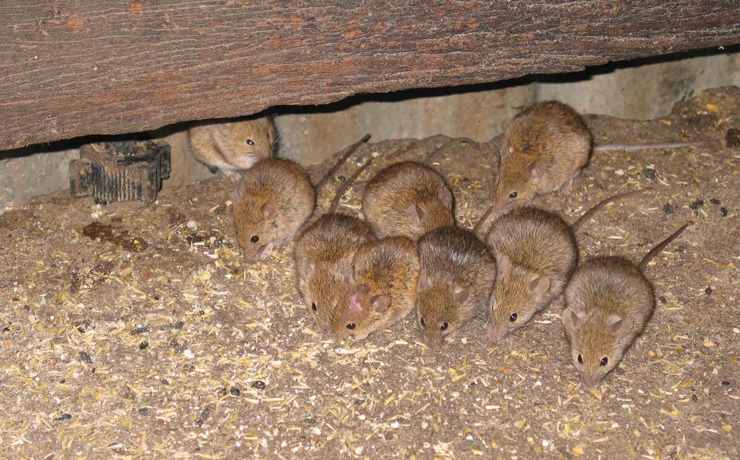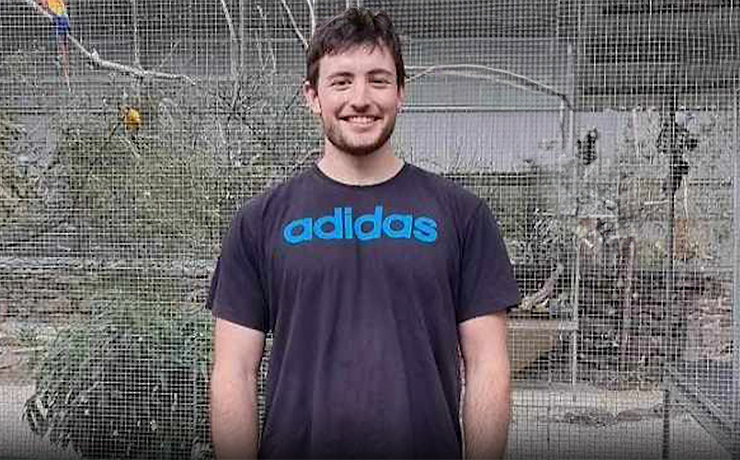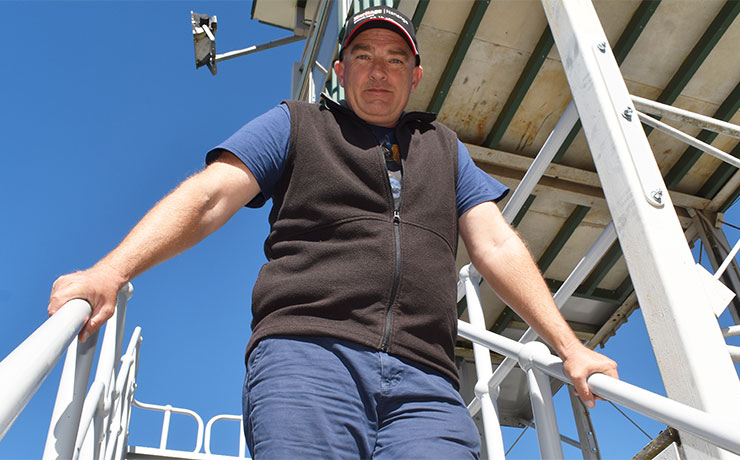
April 6, 2023
Growers have been urged to check their paddocks for signs of mouse activity as reports of infestations emerge.
CSIRO experts, speaking at the meeting of the National Mouse Group on March 31, said mouse numbers were varying across cropping zones however mouse activity had already been reported in Queensland and NSW.
“We are urging farmers to get out of their utes and check their paddocks. Even if you don’t think you have a problem, you may in fact have a localised population about to explode,” CSIRO researcher Steve Henry said.
Regular monitoring and early identification of mouse infestations is essential. If left unchecked, a mouse population can quickly escalate and result in crop losses, reduced yields, and increased costs associated with pest control measures. In addition to eating crops, mice can also damage infrastructure such as irrigation systems and farm buildings.
“Mice are everywhere but numbers are patchy, so farmers should focus on paddocks that have sustained pre- or post-harvest grain loss. It’s about looking earlier and ordering bait as soon as you can,” Mr Henry said.
If mouse numbers on farm are high, experts advise growers to apply control measures when background food is at its lowest, which is just after planting, to give mice the best chance of finding and eating the bait.
GRDC and CSIRO have recommended the application of 50g/kg zinc phosphide baits (ZnP50) to ensure each bait grain is a lethal dose. Zinc phosphide is the only rodenticide active ingredient registered for use in broadacre cropping in Australia.
“Our research shows it takes 2mg of ZnP to kill a 15g mouse. The new ZnP50 product ensures that a mouse only needs to fully consume a single treated grain to receive a lethal dose. This avoids the problem of mice becoming bait averse,” Mr Henry said.
Growers can find information on ZnP50 in the APMVA permit and access online training and reporting programs from Grain Producers Australia.
Mr Henry also advised growers to speak to bait manufacturers and resellers early, as bait supplies may become short if demand is high once sowing begins and mice become more apparent in paddocks.
“Growers should be proactive about the assessing the situation with mice in their paddocks and be prepared to bait as they sow the crop to reduce impact,” Mr Henry said.






















